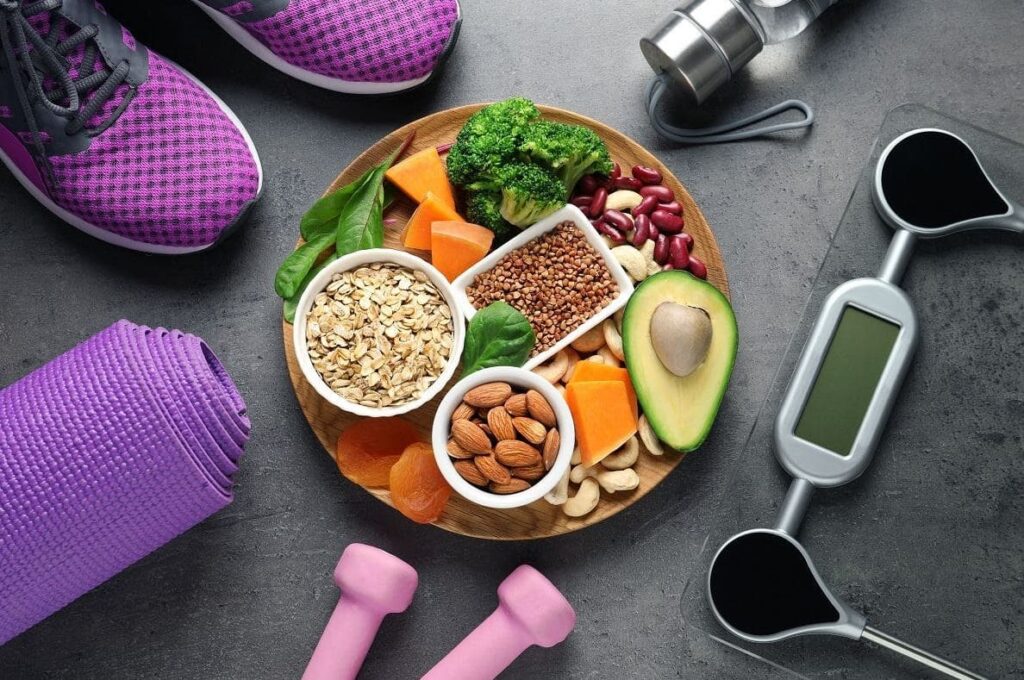
Athletes and fitness enthusiasts often look for the best nutrition strategies to boost performance, speed up recovery, and increase endurance. However, not all commonly held beliefs about nutrition for athletes are backed by science.
Some myths have a kernel of truth, while others fall apart under scrutiny. Mostly, sport doesn’t work like a game, and it is much more complicated. When in games you can simply get forward with a service like Liberation of Undermine Heroic boost, there are no such secrets when it comes to diets for athletes. In this article, we’ll explore popular sports nutrition myths and separate fact from fiction.
Myth 1 — Chocolate Helps to Improve Athletic Performance
🔎 Maybe Truth
Chocolate, especially dark chocolate (with at least 70% cocoa), contains flavonoids and theobromine, compounds that may slightly enhance endurance and blood flow. Some studies and sport nutrition articles suggest that dark chocolate can increase nitric oxide levels, leading to improved oxygen delivery to muscles.
However, milk chocolate or sugary chocolate bars won’t offer these benefits. Even with dark chocolate, the effect is minor compared to a balanced diet rich in whole foods. While it may provide a slight edge, it’s not a performance booster on its own.
Myth 2 — Sports Drinks Improve Your Performance
❌ False
Many athletes believe that drinking sports beverages like Gatorade or Powerade boosts energy and hydration. In reality, for most workouts, plain water is just as effective. Sports drinks mainly contain electrolytes and carbohydrates, which are beneficial only for long-duration, high-intensity activities like marathons, triathlons, or endurance cycling.
For regular gym sessions or casual exercise, sports drinks add unnecessary sugar and calories without providing a noticeable performance boost. Unless you're training for over an hour in extreme conditions, sticking to water is the smarter choice.
Myth 3 — There Are Good Products to Eat and Bad to Avoid
❌ False
Many people believe that certain foods are inherently "good" or "bad" for athletic performance. However, nutrition in athletes is all about balance. No single food will make or break your progress—what matters most is the overall quality of your diet and portion control.
Demonizing foods like pizza, pasta, or desserts often leads to unnecessary food guilt or restrictive eating, which can negatively impact both mental well-being and athletic performance. Even so-called "junk food" can fit into a healthy diet when consumed in moderation. The key is to focus on a well-balanced intake of proteins, carbs, and healthy fats, rather than labeling foods as strictly good or bad.
Myth 4 — Caffeine Improves Your Performance
✅ Truth
Caffeine is one of the most well-researched and scientifically proven performance enhancers. Studies show that consuming 1.5–2.5 mg of caffeine per pound of body weight can boost physical performance by 3% to over 10%.
Caffeine works by blocking adenosine receptors in the brain, reducing fatigue, increasing alertness, and improving endurance. Athletes often use coffee, energy drinks, or caffeine supplements before workouts to enhance reaction time, power output, and overall stamina. However, excessive intake can lead to jitters, increased heart rate, and dehydration, so moderation is key.
When it comes to nutrition and athletic performance, separating myth from science is crucial. While some common beliefs contain a grain of truth, others are purely misconceptions. A well-balanced diet, proper hydration, and scientifically supported strategies like moderate caffeine intake can genuinely enhance performance. Instead of following fad diets or food trends, athletes should focus on what works best for their individual needs—because ultimately, smart nutrition fuels success.